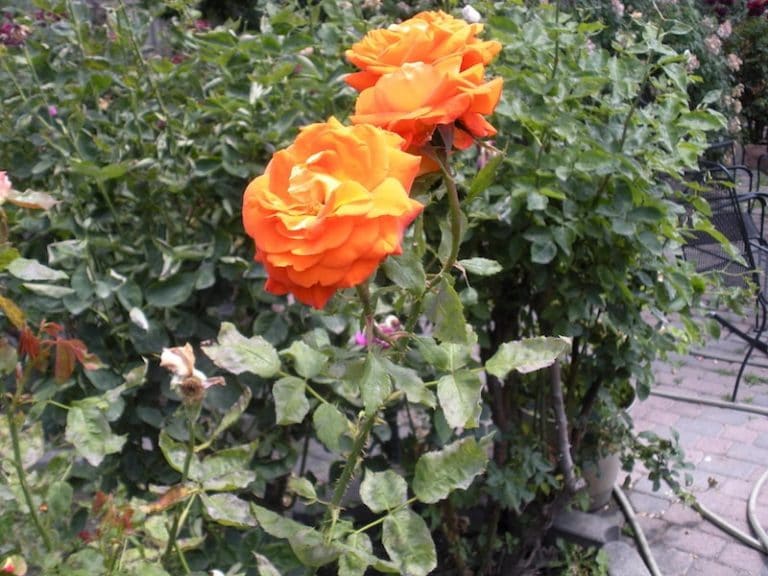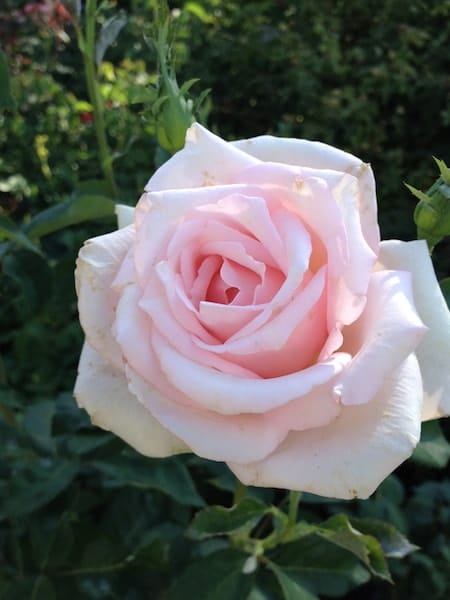
Craig England Jr. is the horticulturist for the floral gardens and the arboretum at Red Butte Garden. Many varieties of roses grace the gardens, and England is in charge of a crew that maintains three gardens, preparing them for events, including weddings and concerts, as well as for everyday visitors. England and his crew’s meticulous care is the reason the gardens are so spectacular. The crew also plans additions to the gardens and oversees new plantings, winter snow removal, and general care and maintenance.
“Roses are one of the most quintessential garden plants,” England says. “Everyone is familiar with them.” He explains that over the years, many rose varieties have become highly hybridized for color and fragrance to the point where they need care to be beautiful. “Part of gardening is to kind of bend plants to our wills. In the wild they grow into dense thickets, but we can make them what we want in our gardens,” he says.
Trimming roses helps form the bushes so they don’t become rangy or too dense. Damage from winter snow loads and broken branches need to be cleaned up in the spring. In other words, if you want beautiful, long blooming roses, you have some work to do.
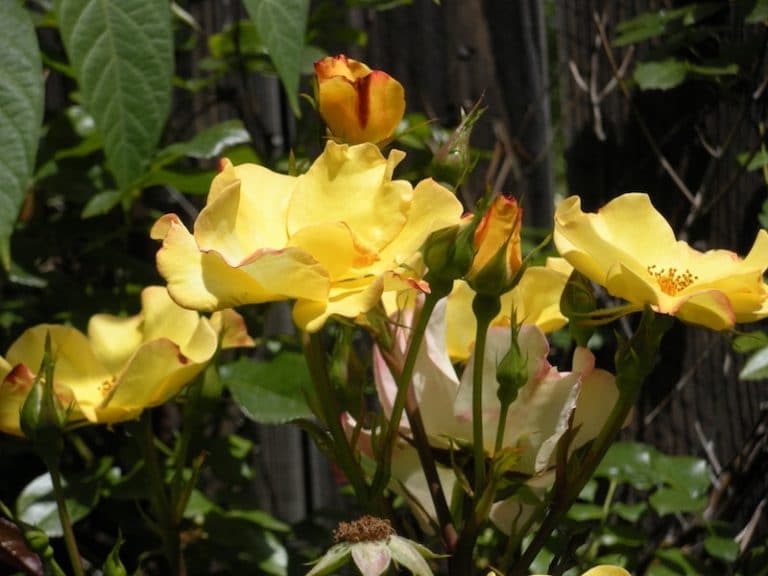
The first step, according to England, is to know your rose. Some varieties bloom once a season and need to be pruned in late June or July after their flowering is finished. These bushes make new flowers on last season’s wood so they need to be pruned in time to make new growth for new flowers the next season.
The other types of roses are repeat blooming and can bloom throughout the season. These bushes need to be pruned when the threat of a hard frost is over; usually in late March or early April. Blooms grow on new wood that grows during the new year.
If you are still unsure what type of rose you have, you can take a cutting to your local nursery and they can help you identify it.
When pruning, it helps to keep in mind the rule of thirds; never cut back more than a third of the bush, anything more than that can put too much stress on the plant.
If you’ve identified your roses as hybrid tea roses or repeat flowering shrub roses, the following steps can lead you to long-blooming, healthy roses:
- Examine the plant and look for dead, diseased, or damaged canes. Remove those first to avoid harm to the plant.
- Next, look for suckers from a grafted rose, which is growth that comes off the root. Scrape back the earth and cut back to below the surface and cover it with dirt.
- Remove unproductive canes next, particularly older ones. Removing older canes will allow for younger, more vigorous growth. Keep canes that are smaller in diameter than a pencil. In any one season, don’t remove more than a third.
- Now look for canes crossing over other canes that are rubbing against each other. This can create an open wound and lead to disease or insects getting into the plant.
- Step back and look it over for size and shape. What do you want it to look like? Make a few more cuts for size and shape.
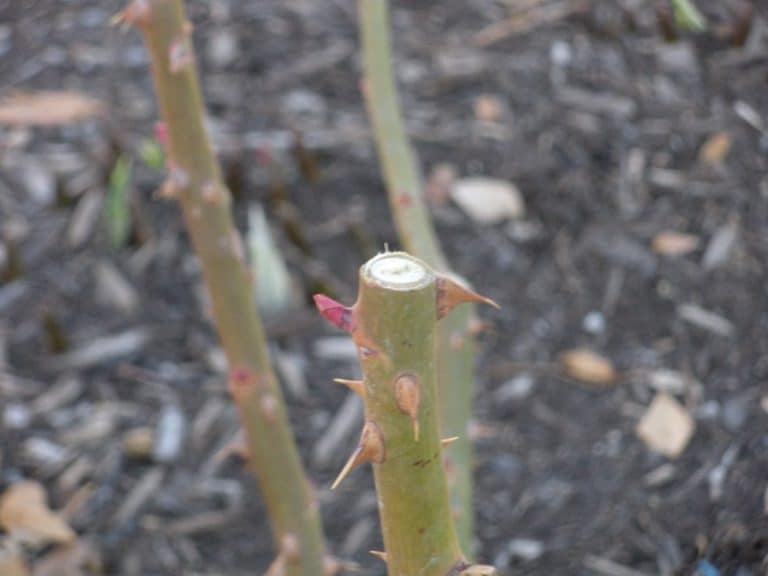
England offers a few more tips: make your cuts about a quarter of an inch above a bud noticing which direction the bud points. New growth will grow in that direction. Cutting at an angle is not as important as making a clean cut.
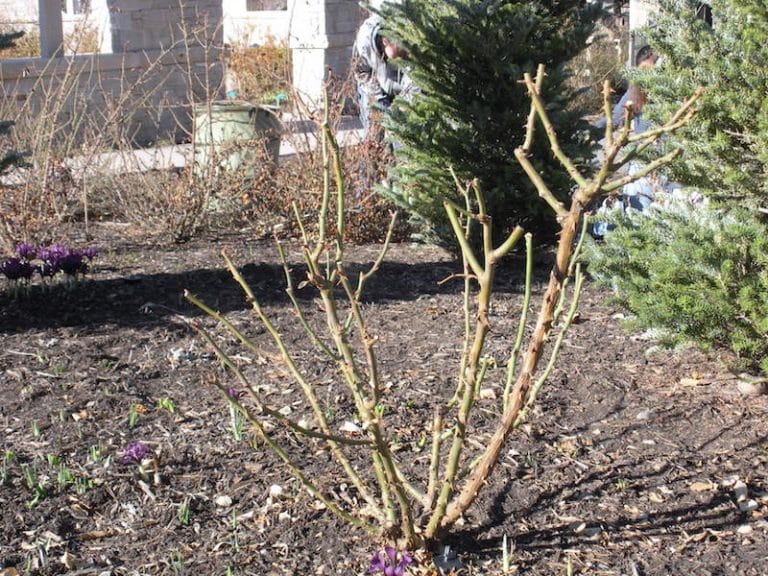
“Have the right tools in good condition, and sharp. It helps you to prune cleanly. You need hand pruners for smaller canes, loppers for larger canes, and a small pruning saw for older, larger, woody canes,” England says.
After the roses bloom and die, continue to deadhead the bush and you will get more flowers throughout the season.
If you are still unsure about when to prune, follow the advice of Thom Sawyer from Millcreek Gardens, who says, “When the forsythia blooms, it is time to prune.”
